How to Handle Payment Posting for Accurate Reconciliation
- July 22, 2025
- 0 Comments
- Payment Posting
To handle payment posting accurately, start by collecting all payment details from insurance companies and patients. Match each payment to the correct patient account and date of service. Enter payments into your billing system, apply any adjustments or write-offs, and update patient balances. Flag denied claims for follow-up and appeals. Reconcile daily by checking that total posted payments match your bank deposits. This process ensures clean financial records, reduces billing errors, and improves cash flow for your practice.
Running a healthcare practice means more than just providing care, it also means making sure your payments are handled properly. Many billing problems happen because payments are not tracked the right way. This is why payment posting and reconciliation are so important. These two steps help your practice stay organized, catch billing mistakes quickly, and get paid on time.
In this blog, you’ll learn:
- What payment posting means in simple words
- Why payment posting is a key part of medical billing
- A step-by-step process to handle payment posting properly
- Common mistakes many practices make and how to avoid them
- Simple tips that make payment posting and reconciliation easier
- How getting this process right helps your practice avoid revenue loss
What is Payment Posting?
Payment posting is the process where your practice keeps track of every payment it receives. This means recording all the money that comes in, whether it’s from insurance companies, patients paying their bills, or secondary insurance. Every payment needs to be matched to the correct patient, visit, and service provided.
For example, if an insurance company sends a payment for a patient’s visit, your billing team enters that payment into your system and marks which bill it covers. The same happens when a patient pays at the front desk or online, those payments are also recorded and applied to the right account.
By posting payments, your practice knows exactly which bills are fully paid, which are p
This includes payments from:
- Insurance companies (like Medicare, Medicaid, and private insurance)
- Patients (cash, credit cards, checks, online payments)
- Secondary insurance (if patients have more than one insurance plan)
It’s like keeping track of every dollar that comes in after services have been provided. Payment posting links the payment back to the right patient, visit, and medical service. This way, you can always see what has been paid and what is still unpaid.
There are two common ways to handle payment posting:
- Manual posting means your billing team types in the payment details by hand after reviewing documents like EOBs (Explanation of Benefits) or patient receipts.
- Electronic payment posting uses computer systems to automatically post payments based on ERA (Electronic Remittance Advice) files received from insurance companies.
Even though electronic posting saves time, it’s still important to review every payment to make sure it’s correct.
Why Payment Posting is So Important for Your Practice?

Many healthcare practices focus on sending claims, but they often forget that getting paid correctly depends on payment posting. When payment posting is not done well, it leads to big problems like:
- Money left uncollected
- Wrong patient balances
- Angry patients getting billed for the wrong amounts
- Denied claims not being followed up
- Revenue losses that are hard to track
Good payment posting helps your practice:
- Quickly catch mistakes made by insurance companies
- See which claims are underpaid or not paid at all
- Keep accurate records for every patient
- Make sure patients are not charged twice
- Track your practice’s true earnings with ease
In short, payment posting is like checking your pay after every payday—you want to make sure you’re getting every dollar you earned.
Step-by-Step Guide: How to Handle Payment Posting the Right Way

A smooth payment posting process helps your practice stay on top of your finances. When done properly, it ensures your accounts stay accurate and your revenue cycle stays healthy. Here’s a simple guide to help your team post payments the right way.
Step 1: Gather All Payment Information
Start by collecting all the payment details your practice received for the day or week. This includes:
- Payment reports from insurance companies (like ERAs or EOBs)
- Payments made by patients (cash, credit cards, checks, or online payments)
- Bank deposit slips showing what went into your account
- Credit card settlement reports from your payment systems
The goal is to have every payment record ready in one place before you start posting. This prevents missing any payments and helps you keep track of your total collections.
Step 2: Match Each Payment Correctly
Next, match each payment to the correct patient and the correct service date. This means:
- Checking the patient’s name and account details
- Matching the payment to the right visit or treatment
- Making sure the payment matches what you billed
It’s important to pay attention during this step because a simple mix-up can lead to wrong patient balances or billing mistakes later on.
Step 3: Enter Payments into Your System
Once you’ve confirmed everything is correct, post the payments into your billing software:
- Record the exact amount paid
- Mark who made the payment (insurance or patient)
- Apply any necessary adjustments (like discounts agreed with insurance)
- Update the remaining patient balance if needed
This keeps your system updated and ensures your financial reports show the correct payment details.
Step 4: Double-Check for Accuracy
After posting, review the payment entries for accuracy:
- Confirm the payment totals match the documents you have
- Make sure patient accounts reflect the correct balance
- Check that no payments were missed or entered twice
Doing this double-checking step reduces future errors and keeps patient accounts clean.
Step 5: Reconcile Payments with Your Bank Deposits
The final step is to reconcile. This means you compare what your system says was collected with what actually landed in your bank account.
- Total all payments posted for the day
- Check your daily bank deposit records
- Make sure both totals match
If something doesn’t match, it’s easier to catch and fix it the same day. Daily reconciliation keeps your cash flow steady and avoids payment tracking issues later on.
Common Payment Posting Mistakes (and How to Avoid Them)

Here are common mistakes that happen in payment posting and how to avoid them:
- Posting to the Wrong Patient: Always double-check the patient’s full name, date of birth, and account number before posting.
- Missing Denials: Many clinics overlook denied claims during payment posting. Have a system to track and follow up on every denial.
- Not Applying Adjustments Correctly: Wrong adjustments can cause false balances. Make sure write-offs are based on correct payer agreements.
- Forgetting Secondary Insurance: Some staff forget to bill secondary payers. Always check if the patient has a secondary policy before closing the account.
- Delaying Posting: Waiting to post payments causes backlog and confusion. Always post payments daily.
Easy Tips to Make Payment Posting Smoother
- Always use Electronic Remittance Advice (ERA) whenever possible because it makes payment posting faster and helps reduce human errors.
- Make it a habit to post payments every day instead of waiting until the end of the week, so you can catch and fix errors quickly.
- Train your billing team on a regular basis because payment rules and insurance guidelines often change, and regular training keeps everyone updated.
- Use a simple checklist for payment posting so your team can follow the same steps every time and avoid missing important details.
- Review payment reports every week to easily spot missed payments, unpaid claims, or accounts that need follow-up.
Conclusion
Payment posting may seem like just another office task, but it has a big impact on your practice’s financial health. When your payments are posted correctly and your accounts are reconciled daily, your practice runs smoother, your staff deals with fewer billing headaches, and your revenue cycle stays healthy.
If payment posting is taking up too much time or you’re dealing with too many errors, you can always consider getting help from professional billing services. The goal is simple: fewer mistakes, faster payments, and less stress for your staff.
With the right payment posting process, your practice stays organized, gets paid properly, and focuses more on what matters most, taking care of patients.
Frequently Asked Questions
Find quick answers to common questions about this topic, explained simply and clearly.
What are the steps in payment posting?
Import the ERA or review the EOB, match payments to the correct patient and date of service, apply allowed amounts and contractual adjustments, post patient responsibility, address denials or partial pays, and balance the batch to reports.
How do you ensure accuracy when posting a payment?
Verify payer, patient, CPT, units, and dates against the ERA or EOB. Confirm the allowed amount matches the contract, apply the correct CARC and RARC codes, and reconcile totals before closing.
What should be checked before posting payments to accounts?
Active insurance, patient and guarantor details, correct rendering provider, CPT and modifiers, place of service, allowed amount, coinsurance, copay, deductible, and any prior authorization notes.
What is payment posting in simple words?
It is recording money received from insurance or patients into the billing system and applying it to the right visit so balances and reports are correct.
What is reconciliation in payment posting?
Reconciliation in payment posting is the review that makes sure money received matches money recorded. The billing team compares posted payments and adjustments in the system to ERAs or EOBs, bank deposits, lockbox or merchant reports, and daily batch

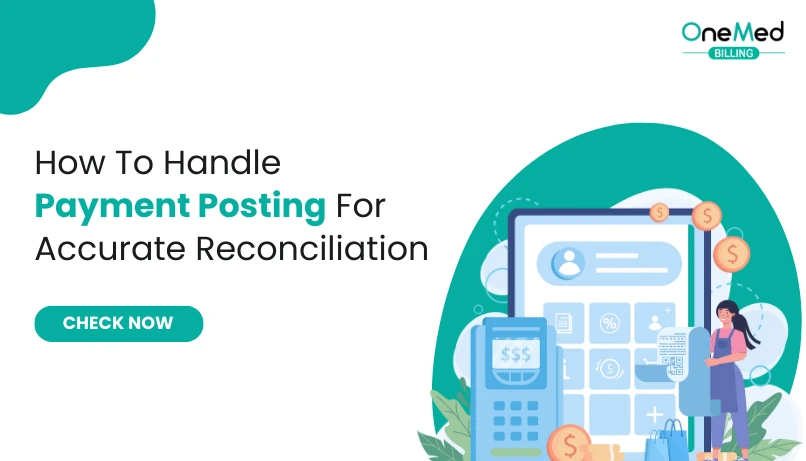
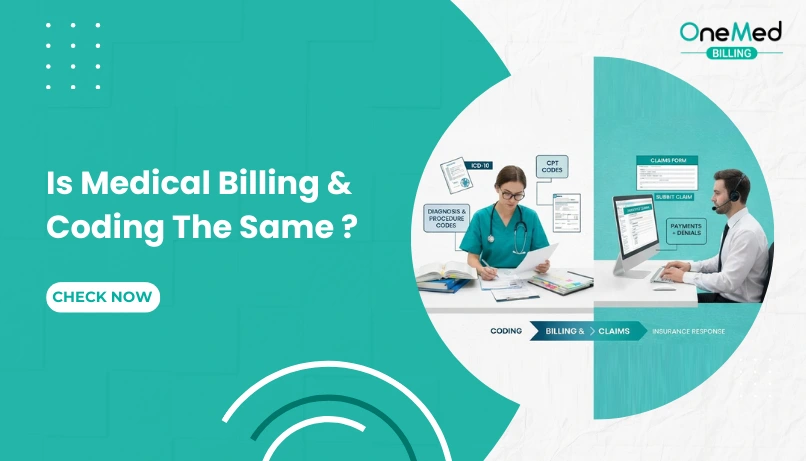
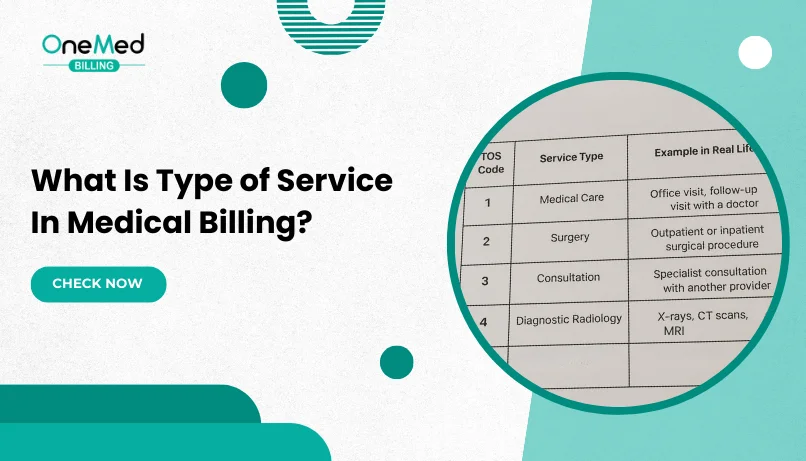
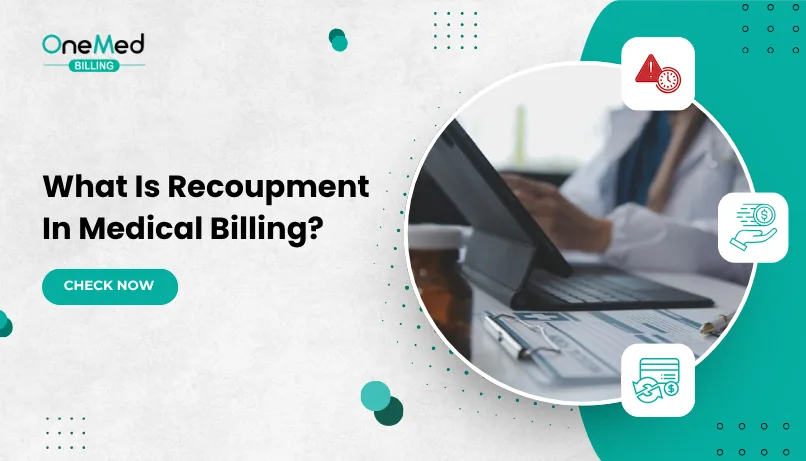

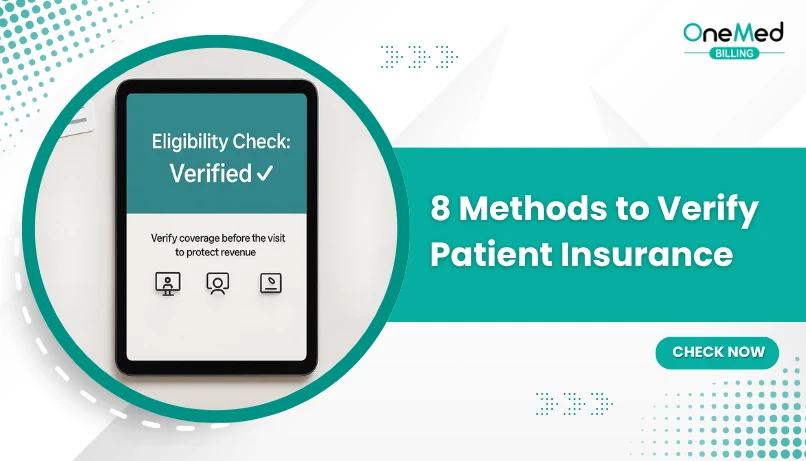
Comments (0)